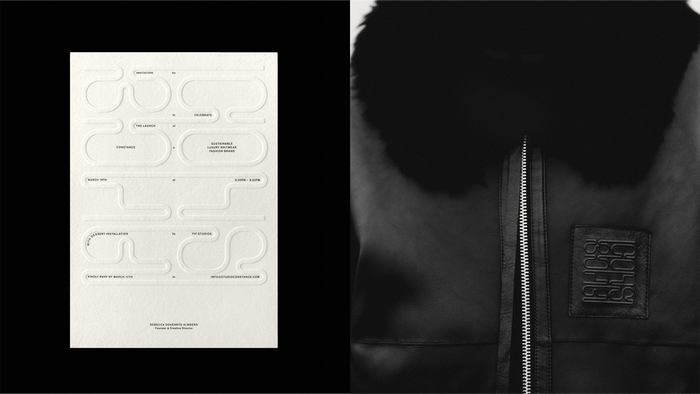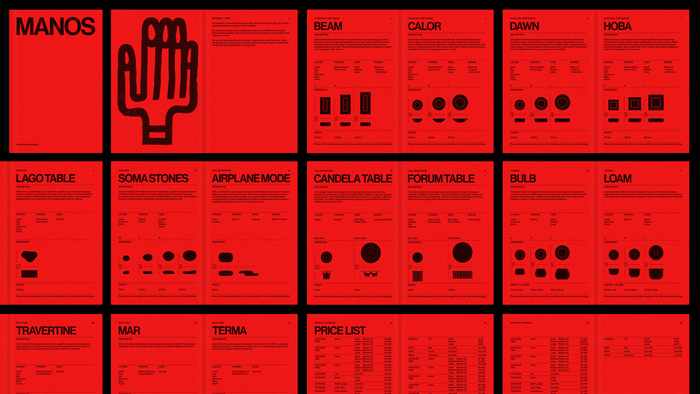
WIP What inspired you to pursue a career in design, and how did your journey begin?
EBV For a long time, I didn't know that it was graphic design specifically that I wanted to study, but I was always interested in creativity and being surrounded by different perspectives. I was also born just outside of San Francisco, so I always hoped to go back to study there. My journey began at the Berghs School of Communication in Stockholm, which then, through a transfer program, allowed me to move to San Francisco later. Initially, I struggled with choosing between graphic design and advertising but found that graphic design, particularly branding, offered a gateway to explore various aspects of design.
WIP How did your experience at Collins in San Francisco shape your approach to design?
EBV Working at Collins was like stepping into a whirlwind of creativity. When I first started, the San Francisco office was small and a tad scrappy, yet we were taking on massive projects, presenting to the founders of many of the big tech companies. My time there taught me the importance of maintaining the craft and attention to detail, even as we scaled up to work with larger companies. It was about finding a balance between craft and systems designed to be carried forward by other designers.

